Grow Pineapple at Home? Absolutely! Imagine the look on your friends’ faces when you tell them you harvested a juicy, tropical pineapple right from your own backyard – or even your windowsill! It sounds like something out of a dream, right? But trust me, it’s totally achievable, and I’m here to show you how with this simple DIY guide.
Pineapples, with their iconic spiky crowns and sweet, tangy flesh, have a rich history. Originating in South America, they were a symbol of hospitality and luxury, often displayed at feasts and celebrations. Bringing that tropical vibe into your home is easier than you think, and you don’t need acres of land or a greenhouse to do it.
Let’s face it, store-bought pineapples can be expensive, and sometimes they just don’t have that fresh, vibrant flavor you crave. Plus, there’s something incredibly satisfying about nurturing a plant from start to finish and enjoying the fruits (literally!) of your labor. This DIY trick isn’t just about saving money; it’s about connecting with nature, learning a new skill, and adding a touch of the exotic to your everyday life. So, are you ready to grow pineapple at home and impress everyone with your green thumb? Let’s get started!
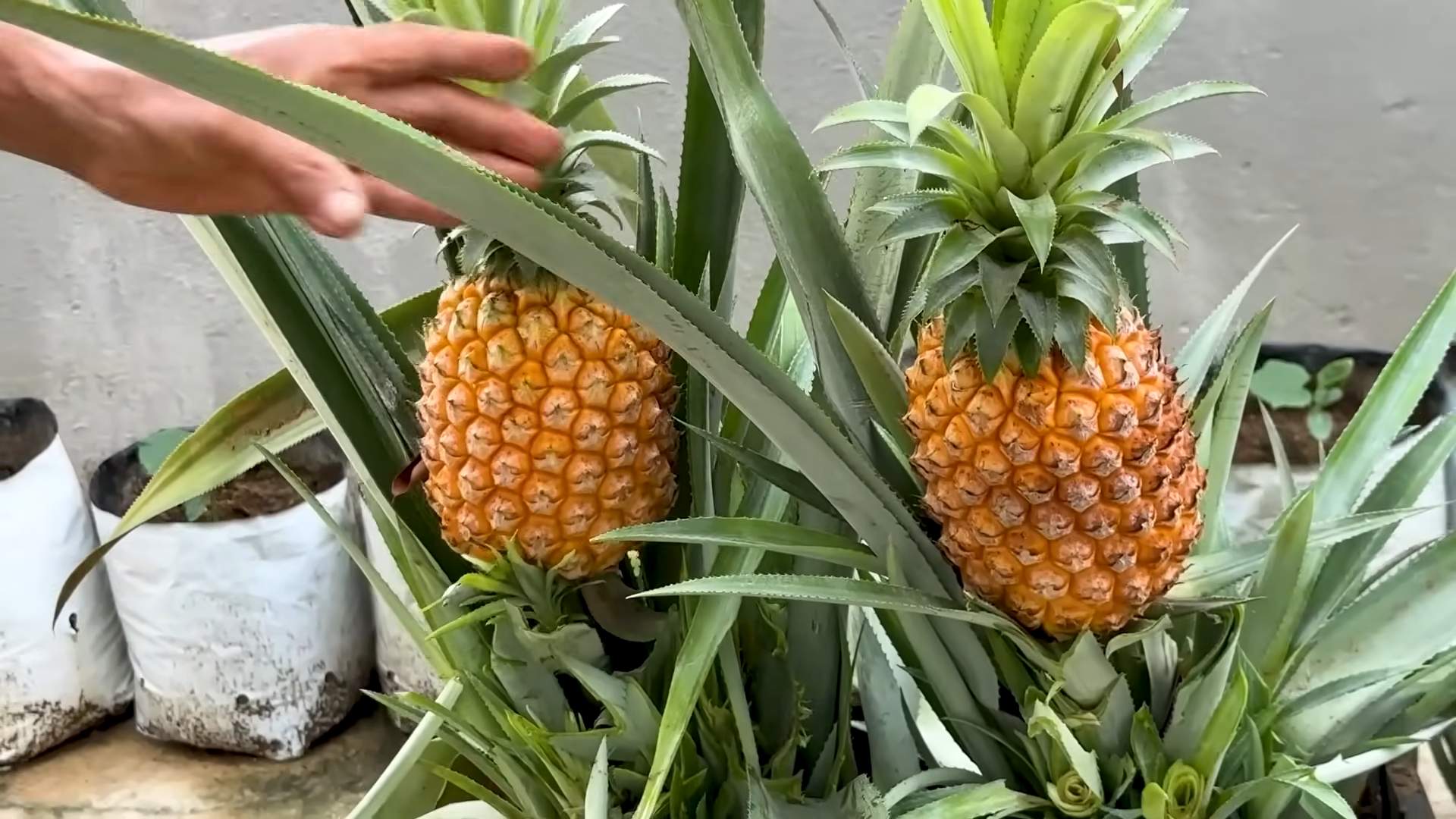
Grow Your Own Pineapple: A Tropical Treat in Your Backyard (or Kitchen!)
Okay, so you want to grow a pineapple? Awesome! It sounds intimidating, but trust me, it’s totally doable, even if you don’t live in Hawaii. I’ve done it, and if I can, you definitely can. It’s a slow process, but the reward of harvesting your own homegrown pineapple is SO worth it. Plus, it’s a super cool conversation starter!
Here’s the lowdown on how to turn a store-bought pineapple into a thriving plant:
Choosing Your Pineapple and Preparing the Crown
This is the most crucial step, so pay close attention! You need a healthy pineapple to start with.
* Look for a ripe pineapple: Choose a pineapple that’s golden-yellow in color, smells sweet and fragrant at the base, and feels heavy for its size. Avoid pineapples with bruises, soft spots, or a fermented smell.
* Check the crown: The crown (the leafy top) should be vibrant green and healthy-looking. Gently tug on a few leaves. If they come off easily, the pineapple might be past its prime.
* Consider organic: While not essential, an organic pineapple is preferable as it reduces the risk of pesticide residue.
Now, let’s get that crown ready for planting!
1. Twist and Pull (or Cut): The goal is to remove the crown from the fruit without damaging the base. You have two options here:
* Twisting: Grip the base of the crown firmly with one hand and the pineapple fruit with the other. Twist the crown until it separates from the fruit. This is my preferred method because it tends to leave more of the stem intact.
* Cutting: If twisting doesn’t work, use a sharp, serrated knife to cut the crown off, leaving about an inch of fruit attached.
2. Remove Excess Fruit: Whether you twisted or cut, you’ll likely have some pineapple flesh attached to the base of the crown. This needs to go! Carefully remove all the fruit flesh. Any remaining fruit will rot and can cause the crown to fail. Use a sharp knife to scrape away the flesh, being careful not to damage the stem.
3. Peel Back the Lower Leaves: This is important! You need to expose the root nodes. Gently peel back the bottom few layers of leaves (about 1-2 inches) from the base of the crown. You’ll see small, brown bumps – these are the root nodes, and they’re where the roots will emerge.
4. Let it Dry (Cure): This step is crucial to prevent rot. Place the prepared crown in a cool, dry place for 3-7 days. This allows the cut end to callous over, reducing the risk of fungal infections. I usually just leave mine on a paper towel on the kitchen counter. You’ll know it’s ready when the cut end is dry and slightly hardened.
Rooting Your Pineapple Crown
Okay, now for the fun part – getting those roots to grow! You have two main options here: water rooting or direct planting. I personally prefer water rooting because you can actually see the roots develop, which is super satisfying.
Water Rooting Method
1. Prepare Your Container: Choose a clear glass or jar that’s wide enough to support the crown without it tipping over.
2. Add Water: Fill the container with enough water to cover the exposed root nodes (the area where you peeled back the leaves). Don’t submerge the entire crown, just the base.
3. Position the Crown: Place the pineapple crown in the container, making sure the base is submerged in water. You can use toothpicks inserted into the sides of the crown to help suspend it if needed.
4. Find a Sunny Spot: Place the container in a warm, bright location with indirect sunlight. Direct sunlight can scorch the leaves.
5. Change the Water Regularly: Change the water every 2-3 days to prevent algae growth and keep the water fresh.
6. Be Patient: Rooting can take several weeks, sometimes even a month or two. You’ll start to see small, white roots emerging from the root nodes. Don’t get discouraged if it takes a while!
Direct Planting Method
1. Choose Your Pot: Select a pot that’s at least 6 inches in diameter and has drainage holes.
2. Prepare Your Soil: Use a well-draining potting mix. A mix of equal parts potting soil, perlite, and sand works well.
3. Plant the Crown: Make a hole in the center of the soil and plant the crown, burying the base up to the point where you peeled back the leaves.
4. Water Thoroughly: Water the soil thoroughly after planting, allowing excess water to drain out.
5. Find a Sunny Spot: Place the pot in a warm, bright location with indirect sunlight.
6. Keep the Soil Moist: Keep the soil consistently moist, but not soggy. Water when the top inch of soil feels dry to the touch.
Planting Your Rooted Pineapple Crown
Once your pineapple crown has developed a good root system (at least a few inches long if you’re water rooting), it’s time to plant it in a pot. Even if you direct planted, you may need to transplant to a larger pot as it grows.
1. Choose a Larger Pot: Select a pot that’s at least 10-12 inches in diameter. Pineapples need room to grow!
2. Prepare Your Soil: Again, use a well-draining potting mix.
3. Carefully Remove the Crown: If you water rooted, gently remove the crown from the water. If you direct planted and are transplanting, carefully dig around the plant to avoid damaging the roots.
4. Plant the Crown: Make a hole in the center of the soil and plant the crown, burying the roots.
5. Water Thoroughly: Water the soil thoroughly after planting, allowing excess water to drain out.
Caring for Your Pineapple Plant
Now that your pineapple is planted, it’s time to give it the TLC it needs to thrive.
* Sunlight: Pineapples need plenty of sunlight, at least 6 hours per day. Place your plant in a sunny window or outdoors in a location that receives ample sunlight. If you live in a climate with harsh summers, provide some afternoon shade to prevent leaf burn.
* Watering: Water your pineapple plant regularly, allowing the soil to dry out slightly between waterings. Overwatering can lead to root rot. During the growing season (spring and summer), you may need to water more frequently. In the winter, reduce watering.
* Fertilizing: Feed your pineapple plant with a balanced liquid fertilizer every 2-3 months during the growing season. Follow the instructions on the fertilizer label.
* Temperature: Pineapples thrive in warm temperatures, ideally between 65°F and 85°F (18°C and 29°C). Protect your plant from frost and freezing temperatures. If you live in a cold climate, bring your pineapple plant indoors during the winter.
* Humidity: Pineapples appreciate humidity. If you live in a dry climate, you can increase humidity by misting the leaves regularly or placing the pot on a tray filled with pebbles and water.
* Repotting: As your pineapple plant grows, you may need to repot it into a larger container. Repot when the roots start to outgrow the pot.
* Pest Control: Keep an eye out for pests such as mealybugs and scale. If you notice any pests, treat them with insecticidal soap or neem oil.
Encouraging Your Pineapple to Fruit
This is where things get a little tricky, and patience is key! It can take anywhere from 2-3 years for a pineapple plant to produce fruit. Here are a few tips to encourage fruiting:
* Ethylene Gas: Pineapples are stimulated to fruit by ethylene gas. You can try placing an apple core near the base of the plant and covering it with a plastic bag for a few days. Apples release ethylene gas as they ripen.
* Magnesium Sulfate (Epsom Salts): Some gardeners recommend adding magnesium sulfate (Epsom salts) to the soil to encourage fruiting. Dissolve 1 tablespoon of Epsom salts in 1 gallon of water and water the plant with the solution.
* Patience, Patience, Patience: The most important thing is to be patient! Your pineapple plant will eventually fruit when it’s ready.
Harvesting Your Pineapple
You’ll know your pineapple is ready to harvest when it turns golden-yellow in color, smells sweet and fragrant, and the eyes (the individual segments of the fruit) are flattened.
1. Cut the Pineapple: Use a sharp knife to cut the pineapple from the plant, leaving a few inches of stem attached.
2. Enjoy Your Home
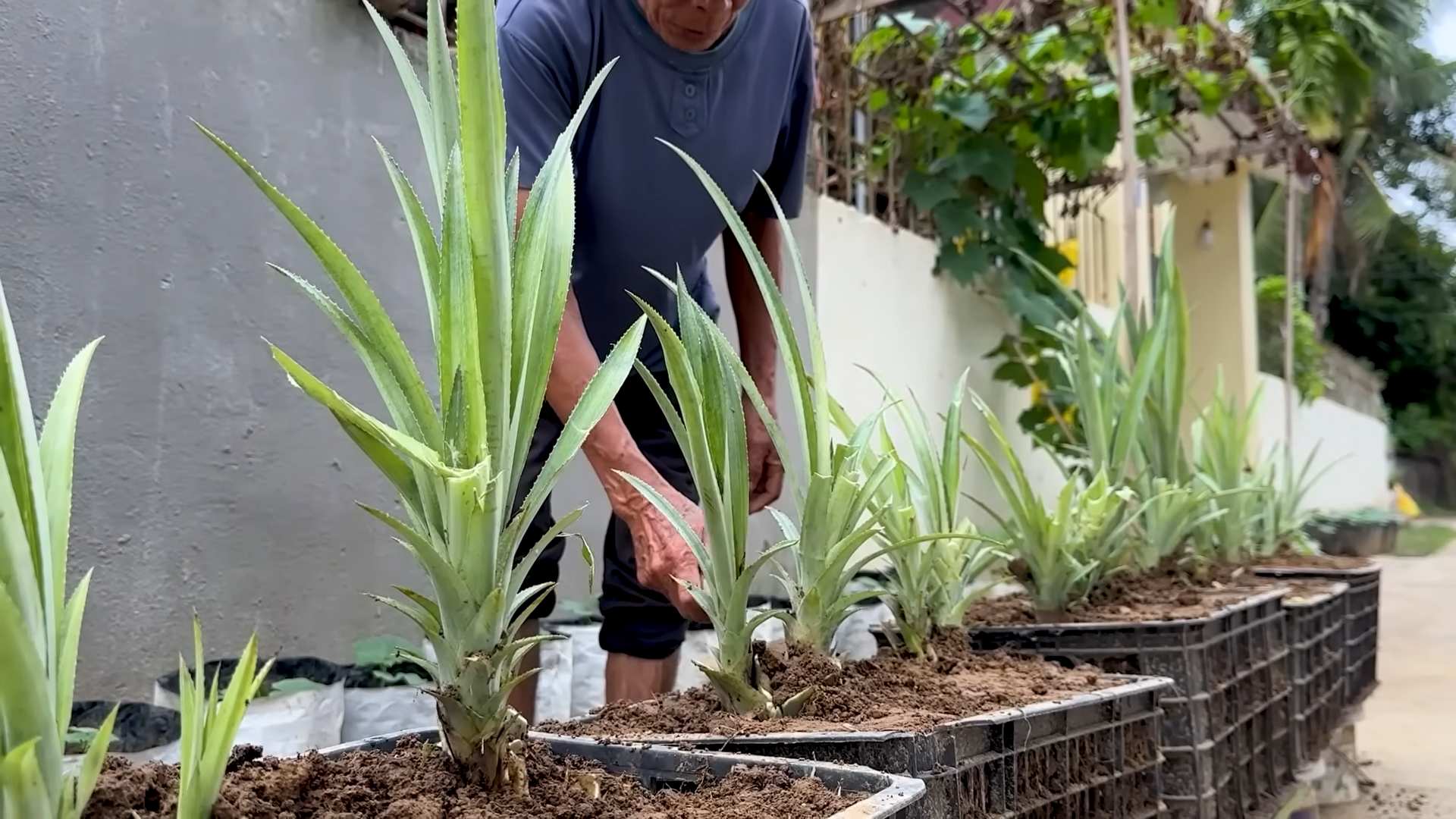
Conclusion
So, there you have it! Growing your own pineapple at home isn’t just a fun project; it’s a rewarding experience that brings a touch of the tropics right to your windowsill or garden. Forget those expensive, often bland, store-bought pineapples. Imagine the satisfaction of harvesting a sweet, juicy pineapple that you nurtured from a simple crown. This DIY trick is a must-try for anyone who loves fresh produce, enjoys a bit of gardening, or simply wants to impress their friends and family with their green thumb.
Why is this a must-try? Because it’s surprisingly easy, cost-effective, and environmentally friendly. You’re essentially recycling the top of a pineapple that would otherwise be discarded, turning waste into a delicious treat. Plus, the process of watching your pineapple plant grow, from its initial rooting to the eventual fruit formation, is incredibly fascinating and educational, especially if you have children.
But the fun doesn’t stop there! Once you’ve mastered the basic technique, you can experiment with different variations. Try using different types of pineapples – perhaps a smaller variety for a quicker harvest, or a particularly fragrant one for an extra-flavorful fruit. You can also experiment with different potting mixes to see which one yields the best results in your specific climate. Some gardeners swear by adding a bit of compost tea to their watering routine to boost growth and fruit production. Others prefer using a well-draining cactus mix to prevent root rot. The possibilities are endless!
Consider planting your pineapple in a decorative pot to add a touch of tropical flair to your patio or balcony. You can even create a small pineapple patch in your garden if you live in a warm climate. Just remember to provide adequate sunlight and protection from frost.
Don’t be discouraged if your first attempt isn’t perfect. Growing a pineapple takes time and patience. But with a little care and attention, you’ll be enjoying your own homegrown pineapple in no time. The key is to provide the right conditions – plenty of sunlight, well-draining soil, and consistent watering.
We wholeheartedly encourage you to try this DIY trick and experience the joy of growing your own pineapple. It’s a project that’s both fun and rewarding, and it’s a great way to connect with nature and enjoy the fruits (literally!) of your labor.
And most importantly, we want to hear about your experience! Share your photos, tips, and stories with us in the comments below. Let us know what worked for you, what challenges you faced, and any variations you tried. Together, we can create a community of pineapple growers and share our knowledge and passion for this amazing fruit. So go ahead, give it a try, and let the pineapple adventure begin! Let’s all learn how to **grow pineapple at home** together!
Frequently Asked Questions (FAQ)
How long does it take to grow a pineapple from a crown?
Growing a pineapple from a crown is a patience-testing endeavor, but the reward is well worth the wait. Generally, it takes anywhere from 2 to 3 years for a pineapple plant to mature and produce fruit. The exact timeframe depends on several factors, including the variety of pineapple, the climate, the amount of sunlight the plant receives, and the quality of the soil. Warmer climates with consistent sunlight will typically see faster growth. Don’t be discouraged if it takes longer than expected; just keep providing the plant with the care it needs, and eventually, you’ll be rewarded with a delicious, homegrown pineapple.
What kind of soil is best for growing pineapples?
Pineapples thrive in well-draining, slightly acidic soil. A mixture of equal parts potting soil, perlite, and sand is a good starting point. The perlite helps with drainage, preventing the roots from becoming waterlogged, while the sand adds aeration. You can also add a bit of peat moss to increase the acidity of the soil. Avoid heavy clay soils, as they retain too much moisture and can lead to root rot. When planting your pineapple crown, make sure the soil is loose and well-aerated to encourage root growth. Consider using a raised bed or container to further improve drainage.
How much sunlight does a pineapple plant need?
Pineapples are sun-loving plants and require at least 6 hours of direct sunlight per day to thrive. If you’re growing your pineapple indoors, place it near a sunny window, preferably one that faces south or west. You may also need to supplement with artificial light, especially during the winter months. If you’re growing your pineapple outdoors, choose a location that receives full sun throughout the day. Be mindful of the intensity of the sun, especially in hot climates. If the leaves start to look scorched, you may need to provide some afternoon shade.
How often should I water my pineapple plant?
Water your pineapple plant regularly, but avoid overwatering. The soil should be kept consistently moist, but not soggy. Water deeply when the top inch of soil feels dry to the touch. During the warmer months, you may need to water more frequently. In the winter, when the plant is not actively growing, you can reduce the watering frequency. Always check the soil moisture before watering to prevent root rot. Good drainage is essential to prevent water from accumulating around the roots.
How do I know when my pineapple is ripe?
Determining when a pineapple is ripe can be tricky, but there are several indicators to look for. First, the color of the pineapple will change from green to yellow or golden-orange, depending on the variety. The base of the pineapple will usually ripen first. Second, the pineapple will emit a sweet, fragrant aroma. You should be able to smell the pineapple even without picking it up. Third, the eyes (the individual segments of the pineapple) will become flatter and more pronounced. Finally, the pineapple should feel slightly soft to the touch, but not mushy. You can also try gently pulling on one of the leaves near the top of the pineapple. If it comes out easily, the pineapple is likely ripe.
Can I grow a pineapple indoors?
Yes, you can absolutely grow a pineapple indoors! In fact, growing pineapples indoors is a great option for those who live in colder climates. To successfully grow a pineapple indoors, you’ll need to provide it with plenty of sunlight, well-draining soil, and consistent watering. Place the plant near a sunny window or supplement with artificial light. Make sure the pot has drainage holes to prevent water from accumulating around the roots. You may also need to increase the humidity around the plant by misting it regularly or placing it on a tray filled with pebbles and water.
What are some common problems when growing pineapples?
Some common problems when growing pineapples include root rot, mealybugs, and nutrient deficiencies. Root rot is caused by overwatering and poor drainage. To prevent root rot, make sure the soil is well-draining and avoid overwatering. Mealybugs are small, white, cottony insects that can suck the sap from the plant. To control mealybugs, you can wipe them off with a cotton swab dipped in rubbing alcohol or spray the plant with insecticidal soap. Nutrient deficiencies can cause the leaves to turn yellow or brown. To prevent nutrient deficiencies, fertilize the plant regularly with a balanced fertilizer.
Do I need to fertilize my pineapple plant?
Yes, fertilizing your pineapple plant is important for healthy growth and fruit production. Use a balanced fertilizer with a ratio of 10-10-10 or 14-14-14. Fertilize the plant every 2-3 months during the growing season (spring and summer). Dilute the fertilizer according to the package instructions and apply it to the soil around the base of the plant. Avoid getting fertilizer on the leaves, as this can cause burning. You can also use a foliar fertilizer, which is applied directly to the leaves.
How do I induce my pineapple plant to fruit?
Sometimes, even with proper care, a pineapple plant may take a long time to fruit. To induce fruiting, you can try a simple trick using ethylene gas. Place a ripe apple or banana peel near the base of the plant and cover it with a plastic bag for a few days. The ethylene gas released by the fruit will stimulate the plant to flower and eventually produce fruit. Be sure to remove the plastic bag after a few days to prevent mold growth. You can repeat this process every few weeks until you see signs of flowering.
What if my pineapple plant doesn’t produce fruit?
If your pineapple plant isn’t producing fruit, don’t give up! There could be several reasons why. First, make sure the plant is getting enough sunlight and water. Second, check the soil to make sure it’s well-draining and slightly acidic. Third, fertilize the plant regularly with a balanced fertilizer. Finally, try the ethylene gas trick mentioned above to induce fruiting. Remember that it can take several years for a pineapple plant to mature and produce fruit, so be patient and keep providing it with the care it needs.


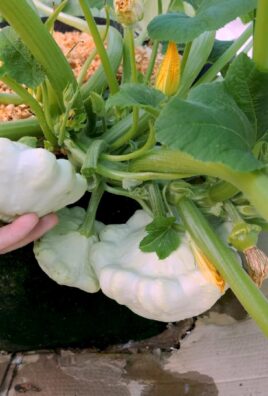
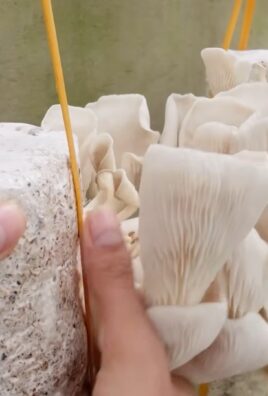
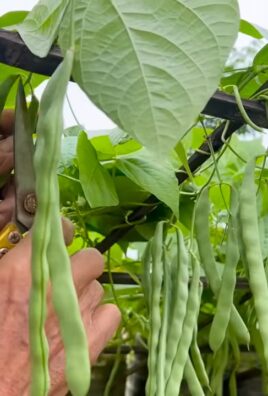
Leave a Comment